As one of the greenest cities in the world, Singapore has become a source of inspiration for Ho Chi Minh City to transform, develop rapidly and sustainably, worthy of its position as the economic locomotive of the country.
Singapore's green city model
With the harsh weather caused by climate change and urbanization, the need to build a livable, sustainable and climate-resilient Singapore is growing. In 1963, then Prime Minister Lee Kuan Yew launched the Singapore Greening Project with the vision of creating a “city in a garden”. The country has “greened” its roads and infrastructure, and transformed parks and gardens into spaces for the community.
The strategies put forward by the island nation are to preserve and expand its existing nature; increase the natural area in gardens and parks; restore green spaces in urban landscapes, etc. In addition, Singapore organizes manyeducational programs on green spaces to help the community experience closer contact with nature and promote mental health.
[caption id="attachment_446291" align="aligncenter" width="768"]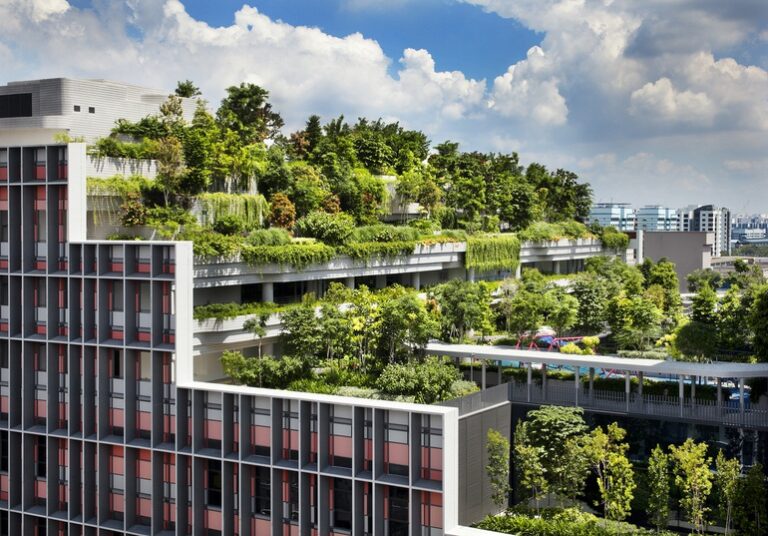 Ventus Naturalized Garden on the campus of the National University of Singapore. Photo: archdaily[/caption]
Ventus Naturalized Garden on the campus of the National University of Singapore. Photo: archdaily[/caption]In 2021, the Singapore government launched Green Plan 2030, a movement to motivate people to transform the island nation into a globally sustainable city. A key component of Green Plan 2030 is to dedicate 50% more land (about 200 hectares) to nature parks with the goal of planting 1 million more trees across the country to increase CO2 absorption, help people enjoy cleaner air and more shade.
The National Parks Board of Singapore has spent decades ‘greening’ its roads and infrastructure, transforming parks and gardens into welcoming spaces for people to enjoy, and setting aside core biodiversity areas to conserve Singapore’s native biodiversity. As Singapore moves towards greening the country, nature-friendly designs are crucial to restoring habitats and ensuring that the community participates in the national greening efforts.
Mr Damian Tang, Director of Design at the National Parks Board, said: The Board has five main strategies to transform Singapore into a nature city: preserving and expanding Singapore's inherent nature; increasing the area of nature in gardens and parks; restoring nature in the urban landscape; enhancing connectivity between Singapore's green spaces; and developing excellent veterinary care, animal and wildlife management services.
Experience for Ho Chi Minh CityOn the sidelines of the Ho Chi Minh City Economic Forum (HEF) 2023, Singaporean Consul General in Ho Chi Minh City Roy Kho said that Singapore has been closely cooperating with Ho Chi Minh City in sustainable development through a number of activities, including capacity building and training, information and idea exchange between government officials of both sides.
[caption id="attachment_446296" align="aligncenter" width="768"]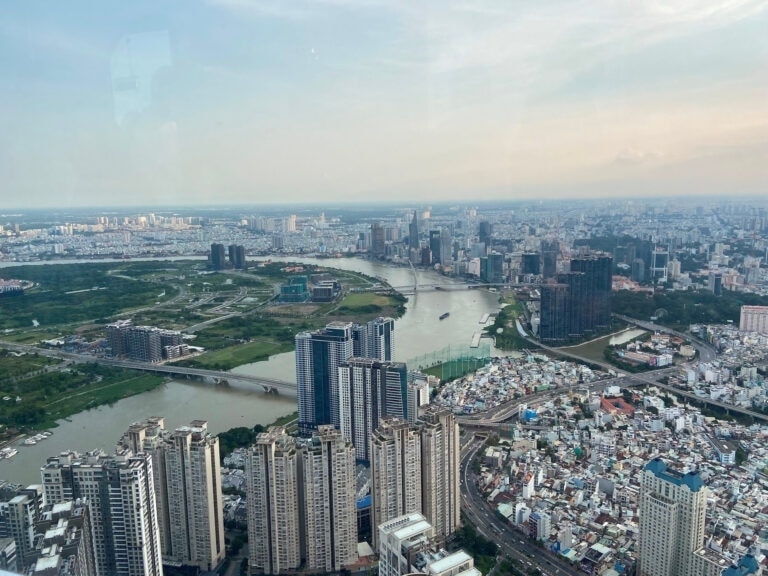 Green growth and green transformation have been identified by Ho Chi Minh City as growth drivers in the coming period. Photo: Saigon Entrepreneurs[/caption]
Green growth and green transformation have been identified by Ho Chi Minh City as growth drivers in the coming period. Photo: Saigon Entrepreneurs[/caption]He mentioned a number of agreements signed during the recent meeting between Singaporean Prime Minister Lee Hsien Loong and Vietnamese Prime Minister Pham Minh Chinh, including issues related to promoting green and digital economies. This agreement has been translated into circular economy projects, renewable economy and carbon credit trading.
“Now our mission is to implement this project in Ho Chi Minh City because the city has favorable conditions and potential. Along with that, we continue to support Vietnam in setting goals and directions to respond to the challenges of climate change,” he said.
Sharing about the roadmap for implementing green growth, Associate Professor Dr. Vu Minh Khuong, lecturer at the Lee Kuan Yew School of Policy (National University of Singapore) said that first "we need to address issues that touch the hearts of the people, so that the people are convinced and realize that this mission is truly by the people, for the people and supported by the people".
It could be cleaning rivers, creating a clean environment, effective flood prevention... For example, flood prevention techniques abroad are very simple, but in Vietnam they still follow the old method, which needs to be changed. Trees, environment... how to make everyone feel that every day we try, there is progress.
"What I want to emphasize is how to create an atmosphere like "popular education" that the world appreciates as Vietnam can create a resonant power, so that ordinary people can become extraordinary." Considering this a "very special point" in Vietnam, Mr. Vu Minh Khuong emphasized the importance of spreading green growth experience.
The ability to create total strength, the expert cited, could be from bringing foreign growth experience into schools. If there are people who post youtube clips about quick economic lessons abroad that reach tens of thousands or millions of views, they need to be rewarded promptly...
For Ho Chi Minh City, very close direction from superiors combined with the total strength of the people can create great success in the future, the expert emphasized.
At the Ho Chi Minh City Economic Forum 2023 on September 15, Deputy Prime Minister Le Minh Khai commented: Ho Chi Minh City is a very good place to test policies to promote green economy and circular economy, especially in the context of the City having Resolution 98/2023/QH15 on piloting a number of specific policy mechanisms. The Resolution has opened up many opportunities for the city to unlock resources and create momentum for strong development again. At the same time, institutional and infrastructure bottlenecks have been removed, thereby gradually removing other bottlenecks. Accelerating the progress of the project to turn Ho Chi Minh City into a regional financial center is essential in the roadmap to build a green growth strategy and sustainable economy. At the same time, Ho Chi Minh City must take the lead in developing and testing new products, green products and be the center of science, technology and innovation of the whole country. To achieve that, the city needs to pioneer in attracting green financial resources for growth and in issuing green bonds. |
Minh Thai








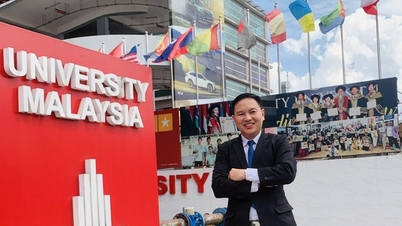

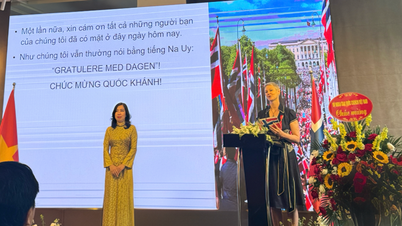



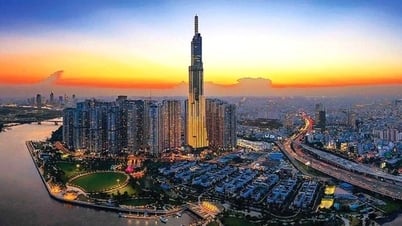

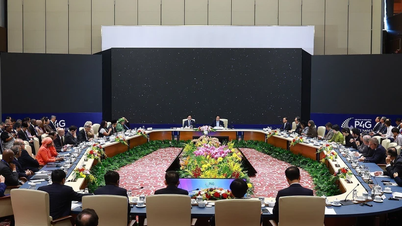



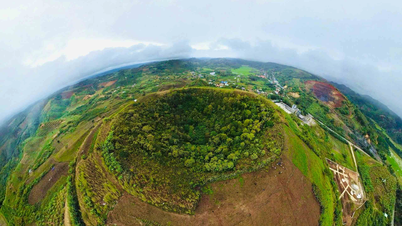

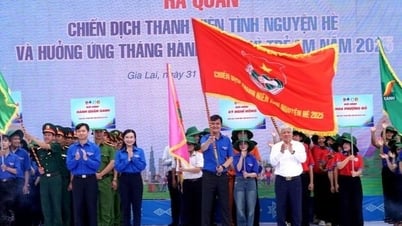

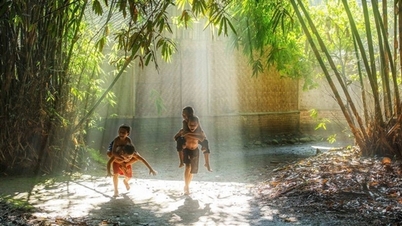


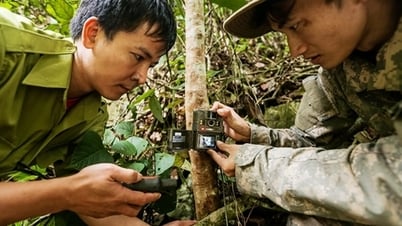






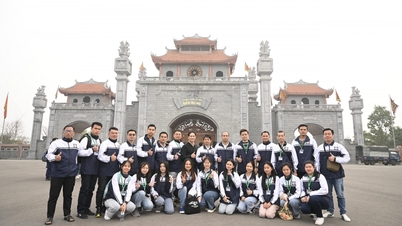
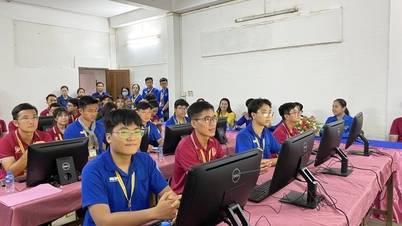

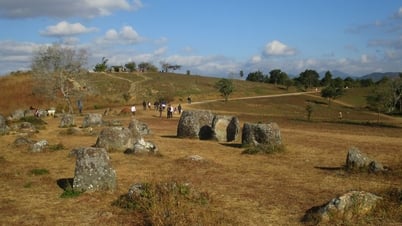
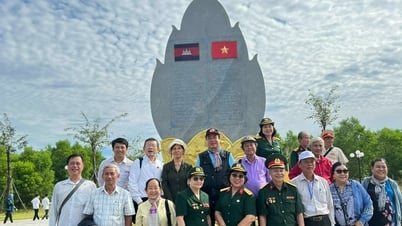

























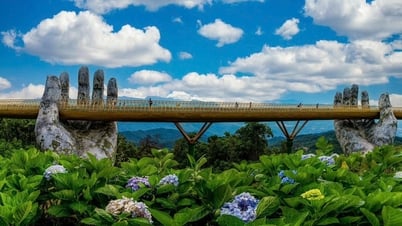



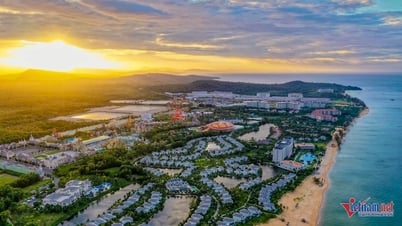

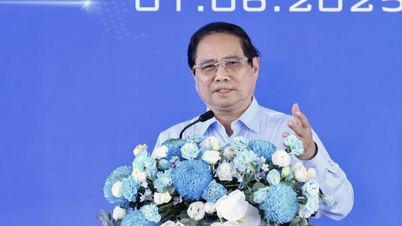
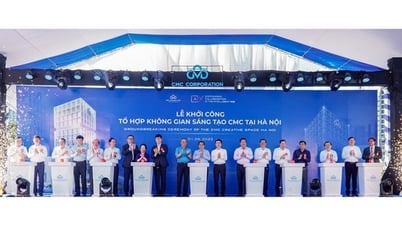

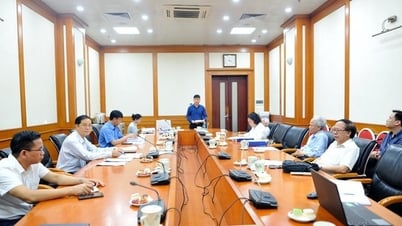












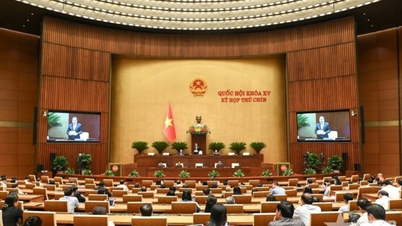


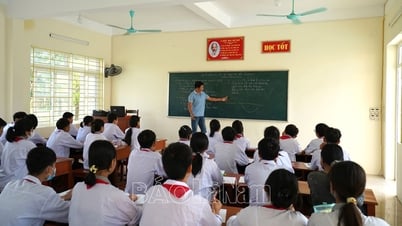












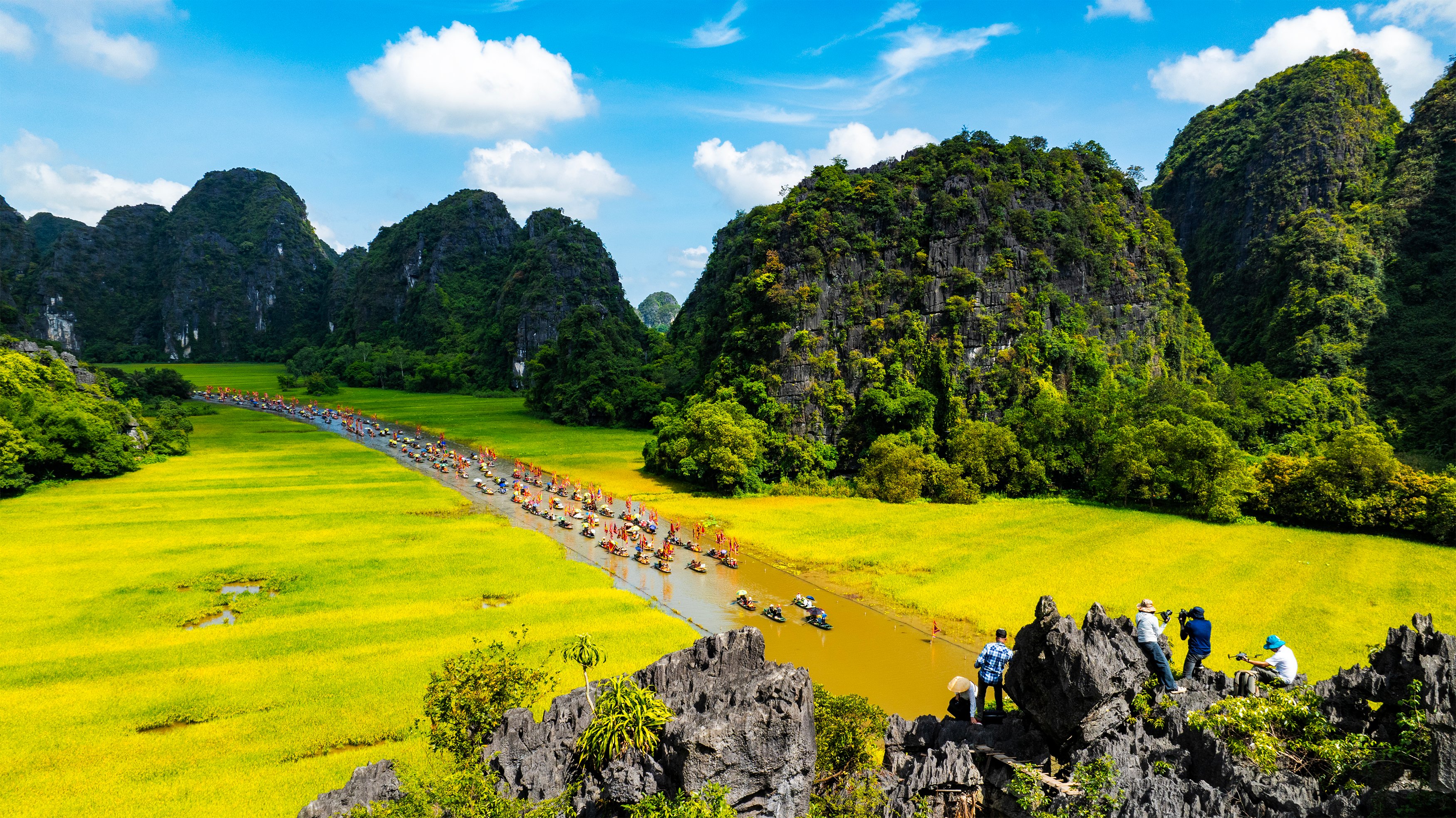



Comment (0)